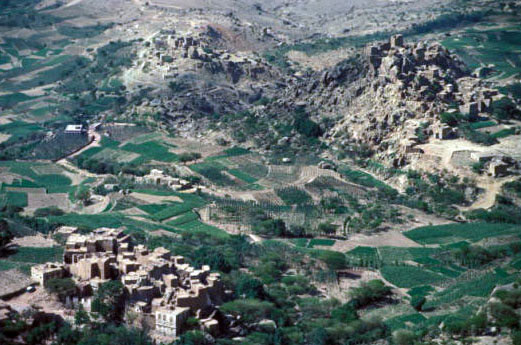
Valley of al-Ahjur, March 1979; Photo by Daniel Martin Varisco
NYPD Blues…
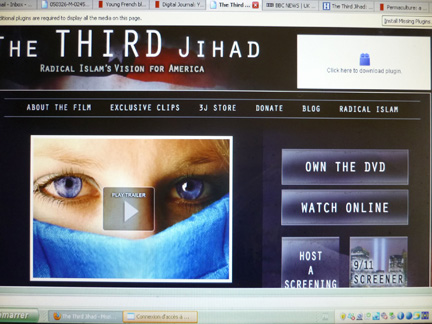
The NYPD: Islamophobia in Blue
by Deepa Kumar, Empire Bytes, February 6, 2012
NEW YORK City police officers were shown a movie called The Third Jihad which warns that ordinary Muslims are part of an age-old conspiracy to dominate the world. The police chief and his spokesperson participated in this “counter-terrorism training,†and then lied about their involvement. And Mayor Michael Bloomberg, who touts himself as a champion of religious tolerance, doesn’t plan to do anything about it.
This latest series of events that unfolded in late January only sheds more light on the depth of anti-Muslim racism in New York City. Home to about 800,000 Muslims, as well as the world’s largest police department, the Big Apple has become the crucible of entrenched Islamophobic policies enacted by the state since September 11.
“This is not stereotyping,†Talat Hamdani said at a January 26 press conference at City Hall.
Talat’s son Salman died on 9/11 as a first responder, but his sacrifice has never been officially recognized because police initially viewed him as a suspect in the attacks. “This is legal persecution of American Muslims,†Talat said. “This is our city, our state, our country.â€
Almost a year ago, in January 2011, Tom Robbins of the Village Voice broke the story about the NYPD showing this racist film to its officers. At the time, police spokesman Paul Browne claimed the movie was only screened a few times, and that the clips of Ray Kelly in it were from old footageand not the police commissioner’s direct participation with right-wing filmmakers.
But when police were forced to comply with a Freedom of Information Act request from the Brennan Center for Justice, it came to light that the movie was a regular part of training for months, that more than 1,500 officers had viewed the film, and that Kelly had given a 90-minute interview for the pseudo-documentary.
After a year of denials and evasions, the truth was out, and it received some attention in the mainstream media. Yet this is only the tip of the iceberg. Continue reading NYPD Blues…
The Druze, a “singular people”
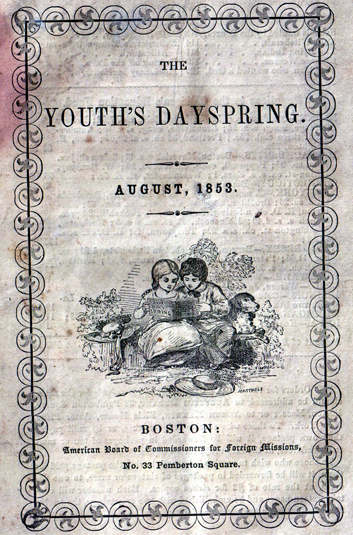
The current Islamophobia that sees states trying to adopt anti-sharia laws and painting Islam in the monocolored rhetoric of violent jihadism has a long history. So has the interest in converting those people in the Middle East who did not follow the kind of Christianity of the American and European missionaries. The Ottomans, who controlled much of the region up until the end of World War I, were rather tolerant in allowing Christian missionaries to operate in the Holy Land. I recently came across a little pamphlet published in 1853 by the American Board of Commissioners for Foreign Missions, based in Boston. This was a series that targeted young people. The first part of the issue I have is about the Druze, characterized as a “singular people” who may or may not actually have a religion. I attach the brief item here.
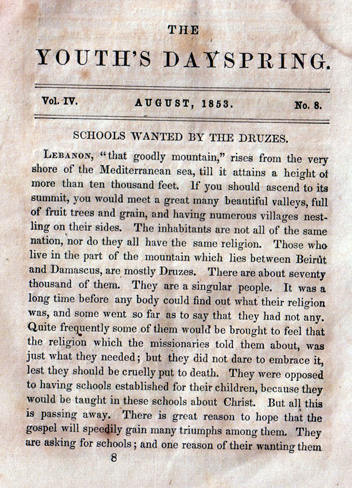
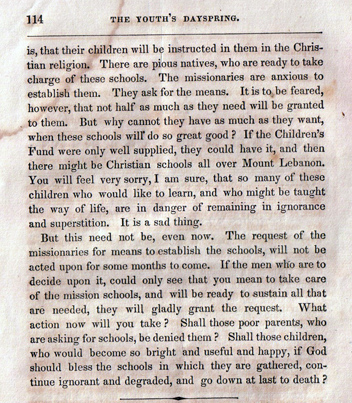
Behold the Huthis
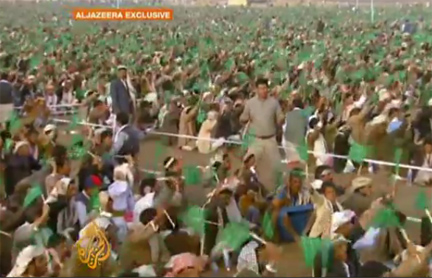
Huthi political rally near Sa’da this week
The ongoing political turmoil in Yemen has been overshadowed, and understandably so, by the increasing bloodshed in Syria, soccer riots in Egypt and lingering resistance by a few Qaddafi supporters in Libya. The past year of protests and revolution, unprophecied by political pundits, reminds me of a giant tire with so many holes that it is impossible to stop the air from escaping, even when one hole seems to be plugged. Meanwhile the road gets bumpier and bumpier in Yemen. Now for the latest recap… about-to-be-former President Ali Abdullah Salih is still in New York receiving medical treatment. He is in principle immune from prosecution, but certainly not immune from the continuing opposition to the excesses of his long rule in Yemen. A recently infused political form of Islam, known as Ansar al-Shari’a (with its own Facebook page) has all but replaced the infamous name Al-Qaida, in the south. The upcoming election, with one emerging compromise candidate for President, hardly seems headed for a democratic exercise apart from name only. Several aid workers were captured earlier this week and then released. And, behold the Huthis…
Al-Jazeera posts a video of a celebration of the Prophet Muhammad’s birthday in a remote area outside of the northern city of Sa’da. There on a platform etched against a barren landscape, a region less vibrant after almost eight years of conflict with the government that has left the ancient town of Sa’da in tatters, stood Abd al-Malik al-Huthi, the leader of the rebellion. Reports of his death at the hands of a government raid in 2009 are, as Mark Twain once noted about a premature obituary for himself, greatly exaggerated. While I do not doubt the sincerity of those present who celebrated the birth of the Prophet, the political flavor of the event certainly dominated the scenes shown on al-Jazeera.
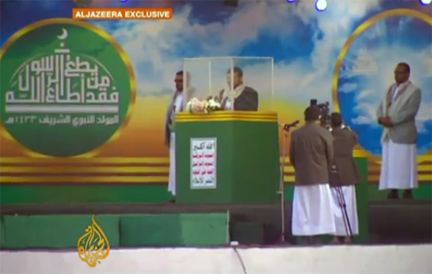
Abd al-Malik al-Huthi speaking near Sa’da this week
Dubai Clock Tower
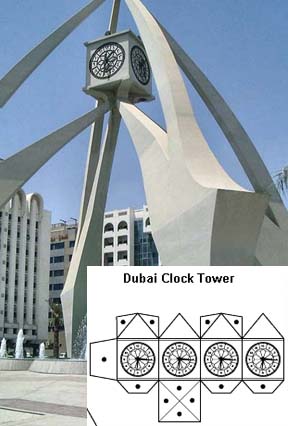
Can’t afford to go to Dubai? Then you can build you own paper version of the Dubai clock tower at home by clicking here.
Top Five U.S. misconceptions on Iran
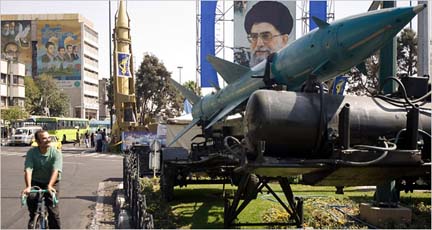
By Hooman Majd, Politico, January 17, 2012
Top five, 10 or 100 lists are standard at the end of the year. Though the Iranian year doesn’t end for roughly two months, given the escalating tensions between Washington and Tehran, with threats and counter threats over the Strait of Hormuz — to say nothing of most GOP presidential candidates’ views on what to do about Iran — it might be useful to compile one on the growing Iran crisis, early 2012 here and late 1390 there:
1) More severe sanctions will eventually cause the regime to blink.
Um, no. Thirty-plus years of sanctions have had no effect on Tehran. None. The regime can’t blink — even if it wanted to. Not after it has spent energy, money and every tool it has convincing its people that the nuclear program is a matter of national pride, that the West wants to prevent Iranians from enjoying the fruits of technological advancement and that their suffering under the sanctions is for the country’s greater good.
The regime’s credibility has already suffered because of the opposition protests in 2009 and 2010. So what would it have left if it caved to foreign demands that even the opposition describes as unreasonable?
2) Increasing sanctions will cause the Iranian people to hate the regime even more, leading to an uprising against the ayatollahs.
No. The Iranian people may blame their government for economic mismanagement, as well as human-rights abuses — but most won’t blame it for U.S. actions. Similarly, Iranians may blame President Mahmoud Ahmadinejad for exacerbating domestic problems or creating problems with the West because of his rhetoric. But they don’t blame him for, say, sanctions that prevent Tehran from buying parts for its aging airplanes, which fall out of the sky with alarming frequency.
Think about it: When a nation is attacked, or under severe external pressure, it usually blames the external enemies, not its own leaders. If you factor in the assassinations of scientists on the streets of Tehran and mysterious factory explosions, sanctions and threats may make life miserable for Iranians but are unlikely to cause them to overthrow their rulers. Continue reading Top Five U.S. misconceptions on Iran
Online Sufi Text
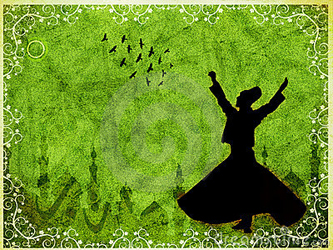
A second revised edition of a text attributed to Muhammad ibn ‘Isa al-Tirmidhi (d. 279/892) and called Bayan al-Farq bayn al-Sadr wal-Qalb wal-Fu’ad wal-Lubb, edited with a brief introduction by Yousef Meri is now available from the Royal Islamic Strategic Studies Centre in Amman, Jordan (ISBN: 978-9957-8533-5-8). A pdf may be downloaded from the RISSC website by clicking here.
Picturing Yemen #2
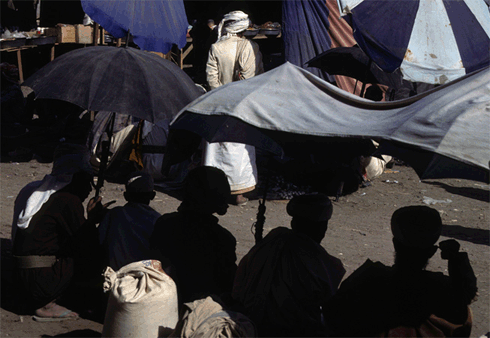
Sa’da suq, May 1978; Photo by Daniel Martin Varisco